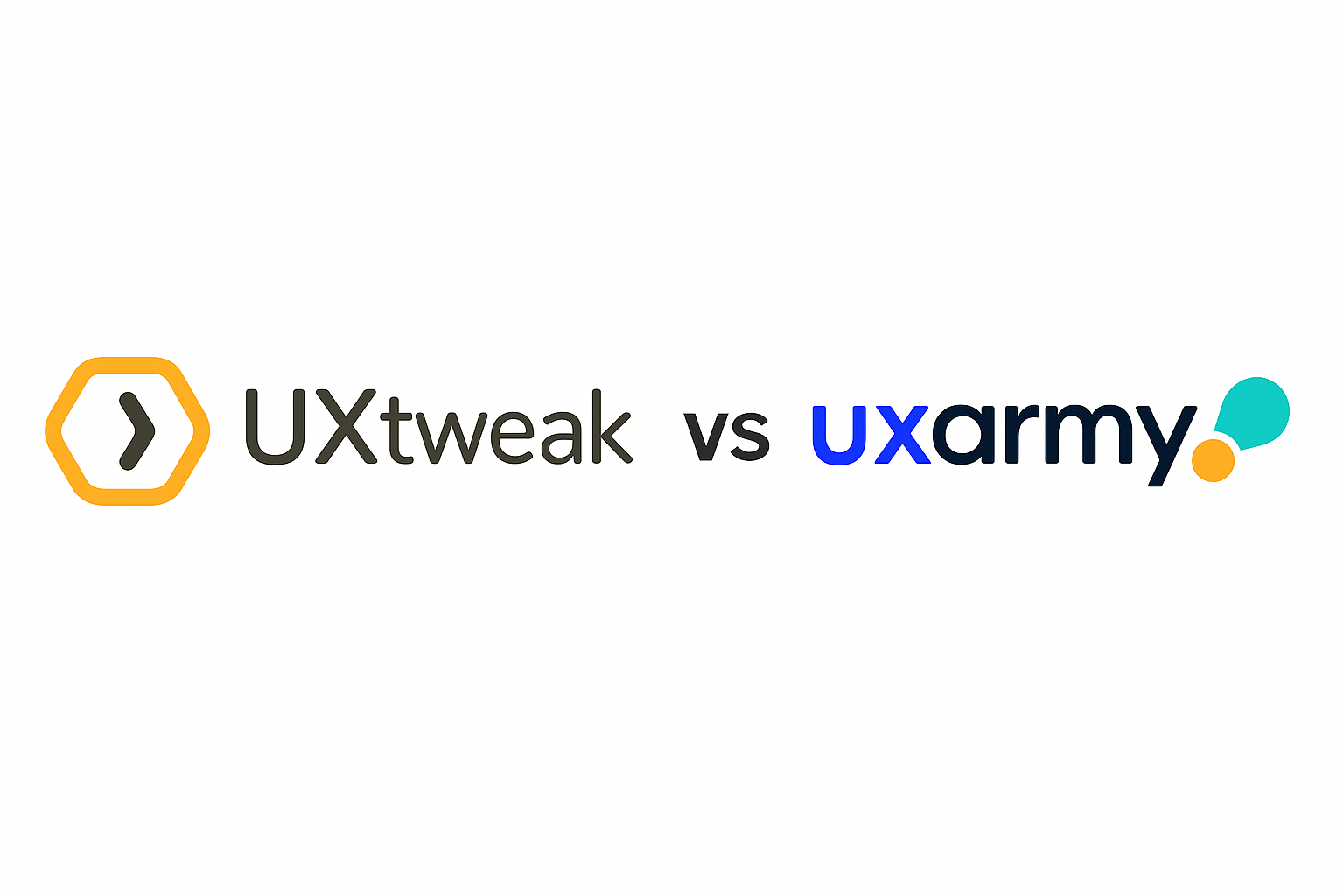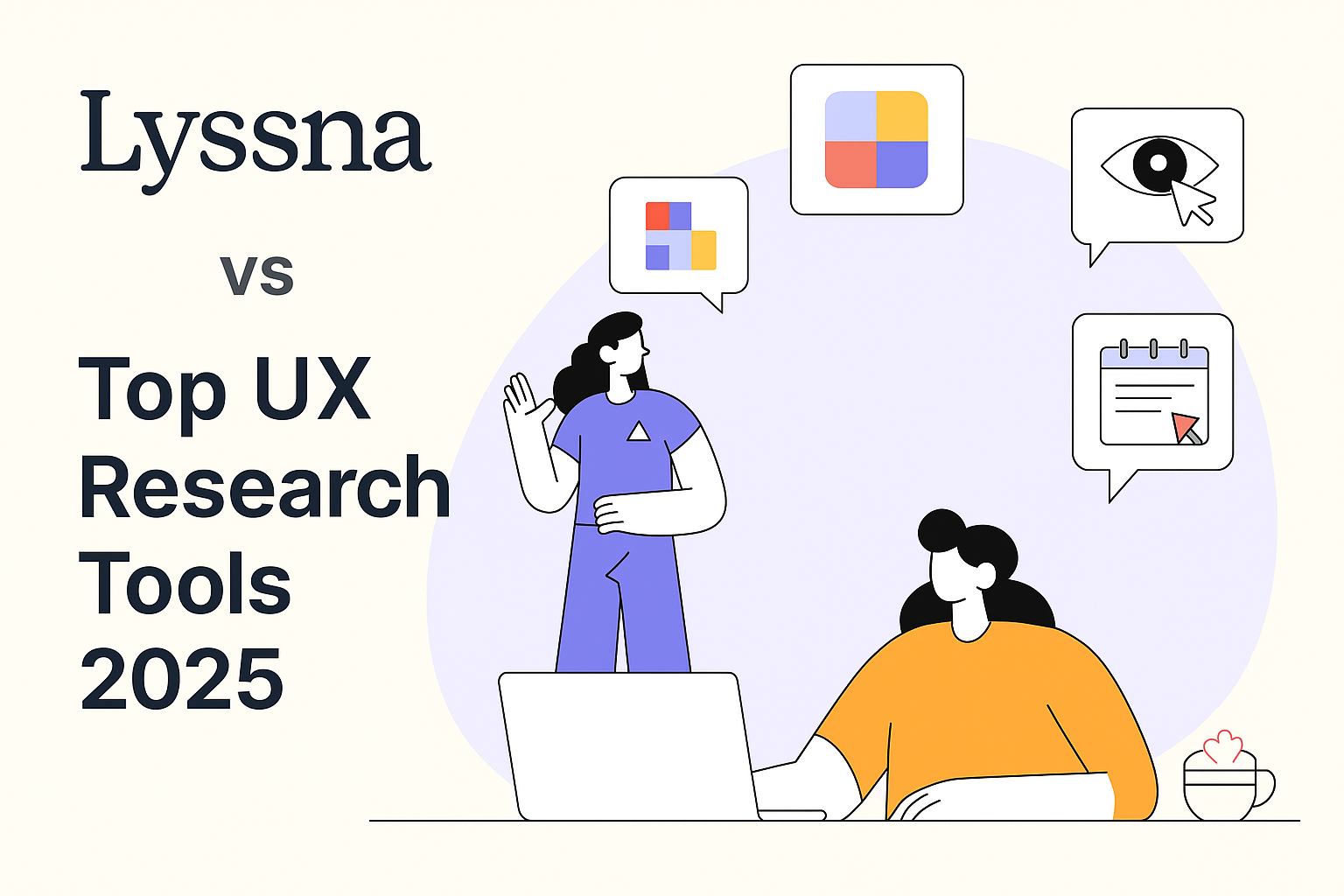A common term used across market research and user research, Concept testing can be confusing for people new to UX. In both the research disciplines, Concept testing in market research is about testing something prior to market launch (usually in quite early stages) and with your target audience. As an outcome, businesses optimise on their product development costs which otherwise can be several times higher in absence of concept testing.
Ready to build that trust and kickstart your research?
let’s make trust the foundation of every project you work on.

Concept Testing in User Research
In user research, concept testing involves user testing of two or more variations of product design. The design itself can vary in fidelity – from paper prototypes, barebone wireframes to a high fidelity interactive prototype (built in Figma, Adobe XD). The data from concept testing in user research tends to be qualitative in nature. Survey questions aren’t prohibited however, qualitative research methods like in-depth interviews, focus groups and unmoderated recordings are likely to bring more effective outcomes.
More as an exception, some user researchers may use concept testing to decide among variations of visual identity of a user interface. Since user researchers tend to work with smaller sample sizes, it is not recommended to base the decision on visual brand identity on outcome of this user research.The business risk to decide a visual identity based on small sample sizes or qualitative research is also high.
The tools used in concept testing can range from simple Google Forms to unmoderated testing tools. The intention is to get the target audience to use the product concept against as realistic use cases as possible, trying to get as close as possible to user goals from the real product.
Concept Testing in Market Research
Concept testing in market research is different. Firstly, the concepts to be tested would not be interactive product samples or prototypes. That is mainly because marketing is not focussing on people’s usage patterns of a product.
The information collected in concept testing is used to measure purchase intent and sales projection. Since the measures are directly affecting a Go / No Go of a product development, the stakes are high. That’s why the concept testing in market research is done with large sample sizes as compared to that in user research. Usage of mathematical modelling is common in analysis of market research data.
Market researchers also use concept testing for Logos, Ads imagery and text Copy too. A badly written copy or an image which likely doesn’t correctly resonate with the target audience can damage the reputation of a business / brand.
The measurement here is quantitative in nature.
The tools used for Concept testing in market research are different from those used in user research. Online surveys, paper and phone surveys are common.
Concept Testing Methods
Concept testing methods vary by how many ideas you evaluate and how feedback is collected. Each offers unique strengths for UX research, product validation, and usability analysis.
1. Comparison Testing (Comparative Testing)
Directly compares multiple concepts. Users rate or rank them to reveal preferred features and usability advantages. Ideal for usability testing tools and product surveys.
2. Monadic Testing
Each group sees only one concept, avoiding bias. Great for value perception, purchase intent, and testing user research surveys.
3. Sequential Monadic Testing
Participants review all concepts in random order and answer the same questions. Provides both breadth (all concepts tested) and depth (consistent feedback) for remote usability testing software.
4. Proto-Monadic Testing
Blends sequential + comparison. Users first evaluate individually, then compare and choose the best fit. Useful for product UX research platforms where both detailed and preference insights matter.
Benefits of Concept Testing in user research
#1 Reduce the number of ideas
In user research, concept testing follows through after an ideation and discovery phase. The concepts to be tested at this stage are likely to be simple and low in fidelity. The concepts which are not suitable to the usage in various contexts can be ruled out thus reducing costs of development.
With only the fittest surviving the concept test, the teams can develop the product with confidence and support from the business stakeholders.
It’s no overstatement to say that the use of a well-designed, concept testing user test or a skillfully moderated online session can pave the way to product success.
#2 Help to understand what elements matter to consumers.
Often product designers fall into the self fulfilling prophecy trap. The user testing of a couple of concepts which designers are most bullish on, can throw elements of surprise after landing in the hands of real users.
#3 Enables to fix problems prior to launch
Concept testing is not limited to an overall product concept at the starting of product development. Regular feature launches are a common pattern in tech enabled products. With several development Sprints, the likelihood of the team iteratively resorting to concept testing is high. Finding problems during concept testing is a side effect and at the same time extremely valuable to refine early enough.
#4 Revealing product benefits
As another side effect, observing concept testing can help to discover new ways a product can be used by users. In some cases people can use products to solve a problem which the team may not have built the product for. That kind of finding can lead to an unexpected business pivot.
Irrespective of marketing vs user research, the most important goal of concept testing is to reduce the risks and build products that addresses needs of the target audience and helps to meet business goals.
Doing Concept Testing with UXArmy
UXArmy allows comparisons of different concepts to be tested in a single test. User researchers and designers can compare new concepts of app design to LIVE Apps as well. Access to watching your customers use your products’ prototypes and listening to their comments is very valuable, UXArmy screen and voice recording enables exactly that. To gain customer feedback you can use UXArmy’s UX toolkit . The UXArmy platform allows testing of different concepts within a single user test.
To learn more about different user research mothods, you can visit this amazingly informative blog from Koru UX Designs.
Experience the power of UXArmy
Join countless professionals in simplifying your user research process and delivering results that matter
Frequently asked questions
What’s the difference between concept testing and usability testing?
Concept testing examines “what and why”—do ideas appeal to your users? Usability testing assesses “how”—whether a design is easy to use.
Should concept testing use quantitative or qualitative methods?
Both—UX concept testing leans qualitative (interviews, focus groups), while market research concept testing is mostly quantitative (surveys, purchase intent metrics).
How does concept testing benefit development?
It reduces development risk, sharpens ideas, refines assumptions, and surfaces unexpected use cases—all before major investment.
What is concept testing in marketing research?
Concept testing is a market research method that helps you evaluate whether a product, message, or campaign will resonate with your target audience. By testing early—before a full launch—you reduce the risk of failure and gain insights that shape development.
What is meant by concept test?
Concept tests (or ConcepTests) are short, informal, targeted tests that are administered during class to help instructors gauge whether students understand key concepts.
What are the 6 steps of concept testing?
How to run a concept test in six steps:
Step 1: define what you’re testing and your end goal.
Step 2: define your target audience and how you’ll reach them.
Step 3: write a concept testing statement.
Step 4: create a concept testing survey.
Step 5: analyze your survey results.
Step 6: share and archive your results.
What is the difference between concept testing and user testing?
Concept testing analyzes a core idea or prototype to examine its viability. It focuses on determining the requirements of the intended audience and how interested they are in the idea. On the other hand, usability testing focuses on assessing the user experience of an existing product or service (or its prototype).
Is there a limit to how many concepts to test?
Yes. While there’s no fixed number, testing more than three concepts often overwhelms participants and dilutes clarity. Choose formats like comparative or sequential monadic accordingly.




